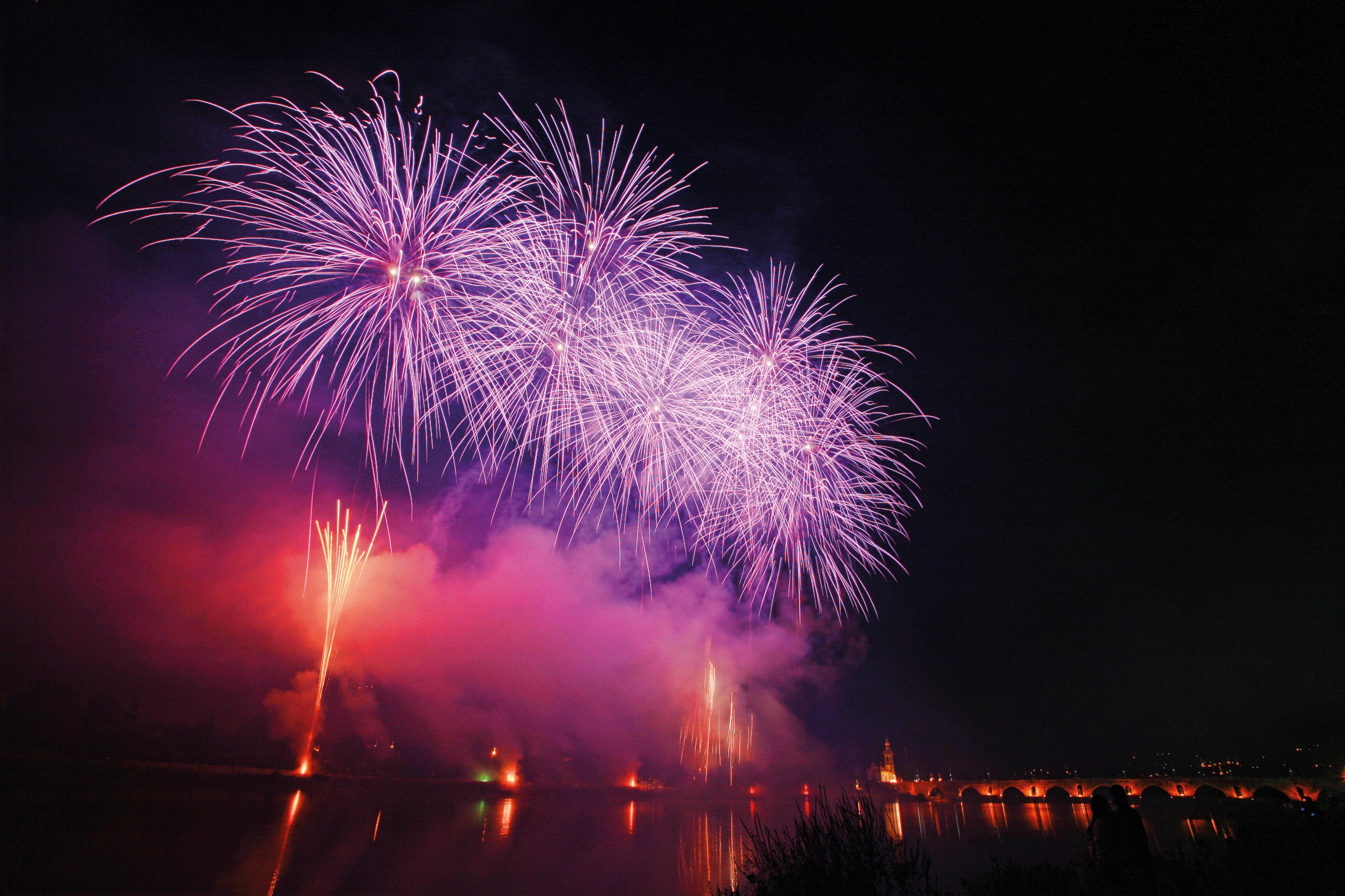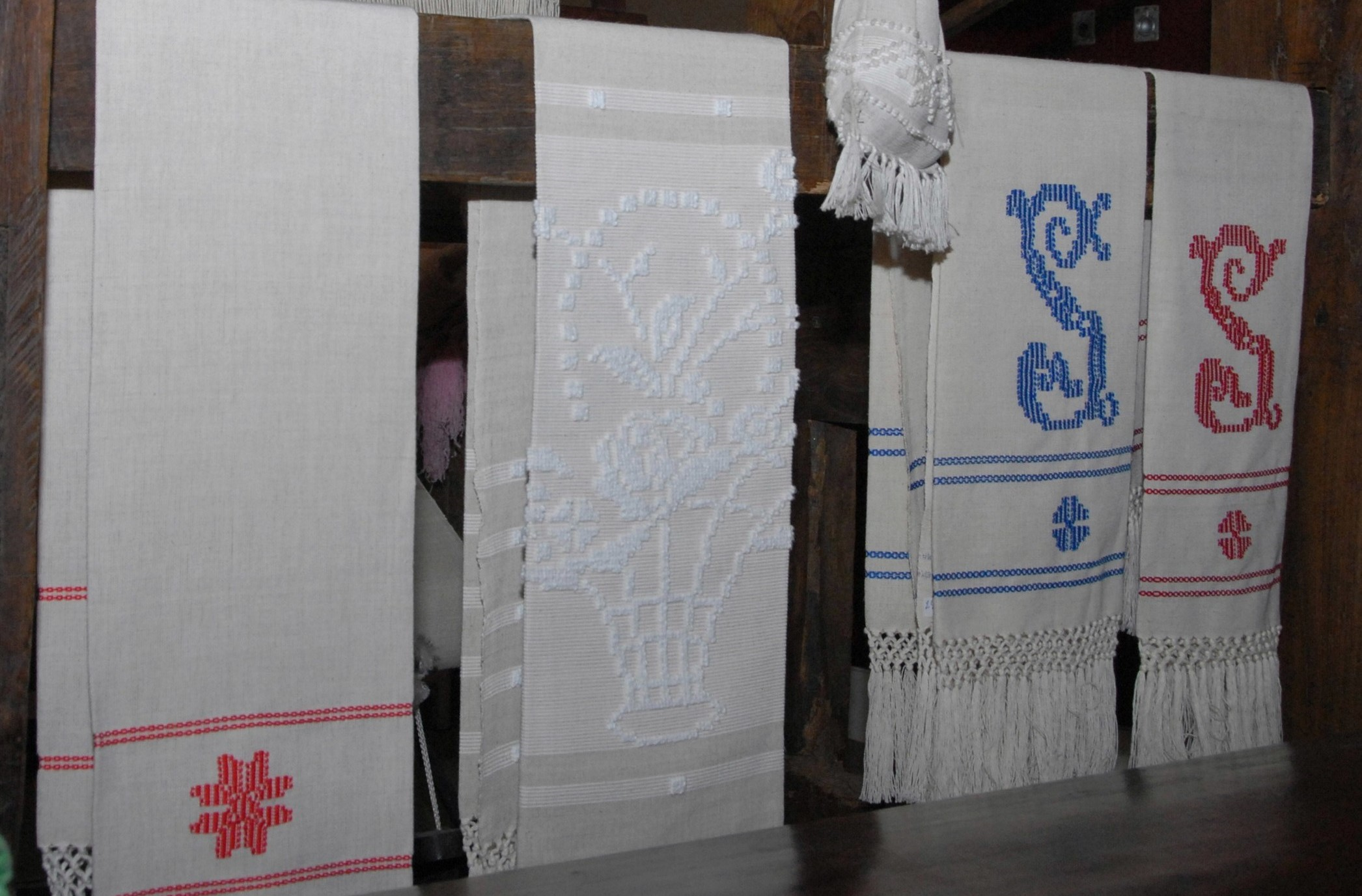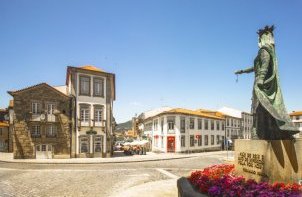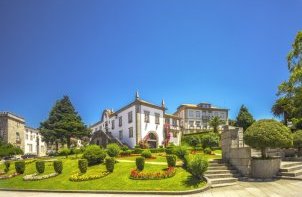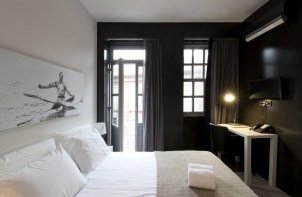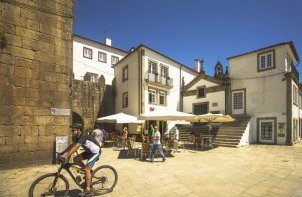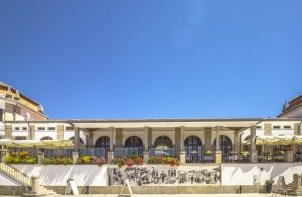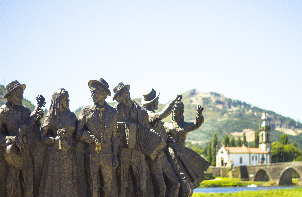Ponte de Lima - Land of Heritage, is proud of its traditions and festivities, intangible heritage of highlighted value, and which is divided into several categories:
In these categories we point out the Stonework (handicrafts), the Legend of the Lethes River (Legends and Myths), the biweekly Fair and the Cattle Fair (Festivals and Fairs), the Concertinas and Cantares ao Desafio (Songs and Dances), the Table of the Four Abbots (Rituals and Customs), Feiras Novas (Processions) and Linen Towels (Artifacts).
The Municipality of Ponte de Lima supports, promotes and disseminates this Heritage, with the purpose of highlighting the experience and recognition of its material and immaterial cultural heritage, emphasizing traditions like no one else.
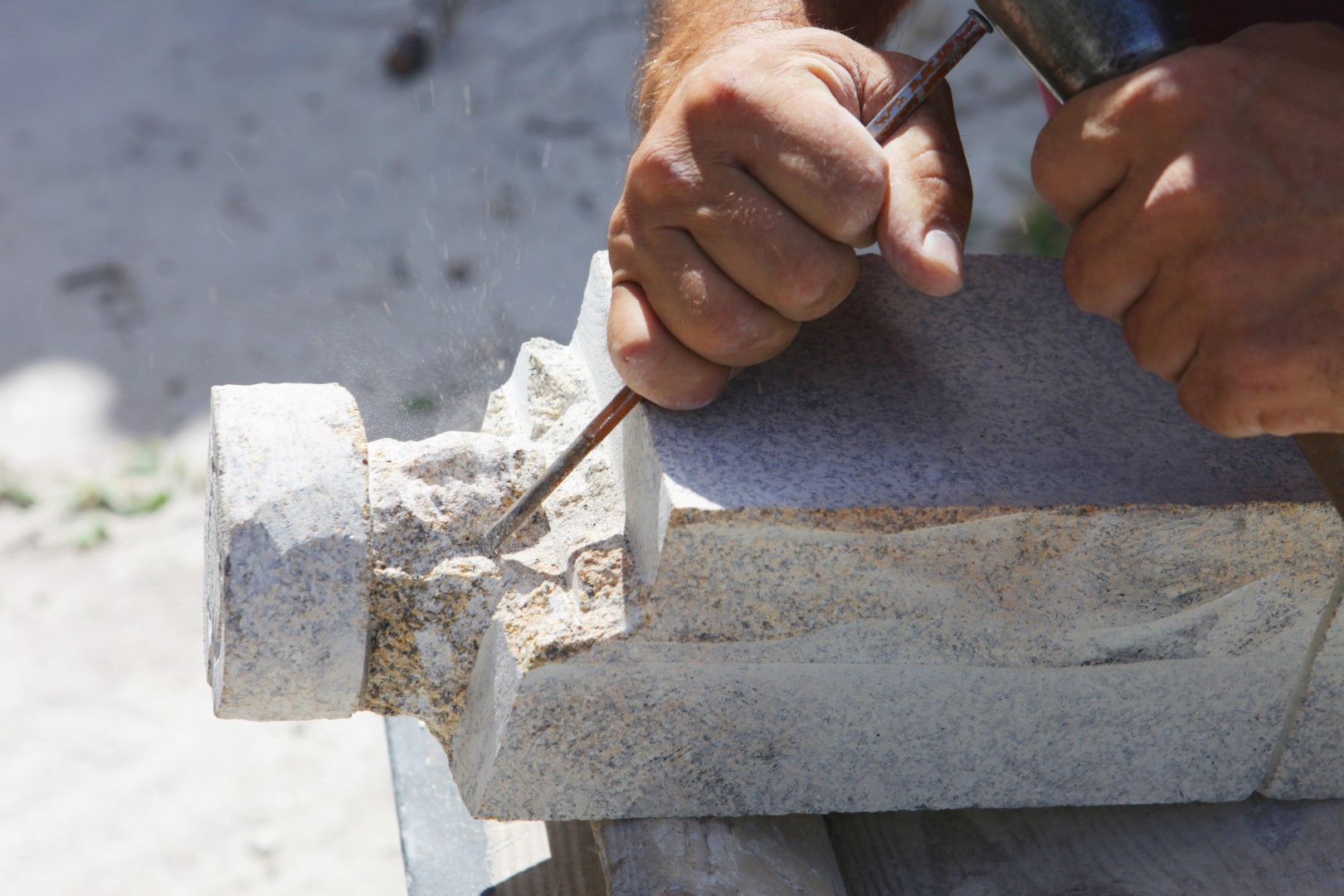
Legend of the Lethes River (Legends and Myths)
The legend tells the story of Décimo Júnio Bruto and his legion on the banks of the river Lima. The order was to cross the river, but the soldiers showed resistance, knowing the powers attributed to the waters of the river of oblivion.
Fearless, Décimo Júnio Bruto, crossed the waters of the Lethes River alone and on the other bank, called each soldier by his name, proving that he had not forgotten, convincing everyone to cross.
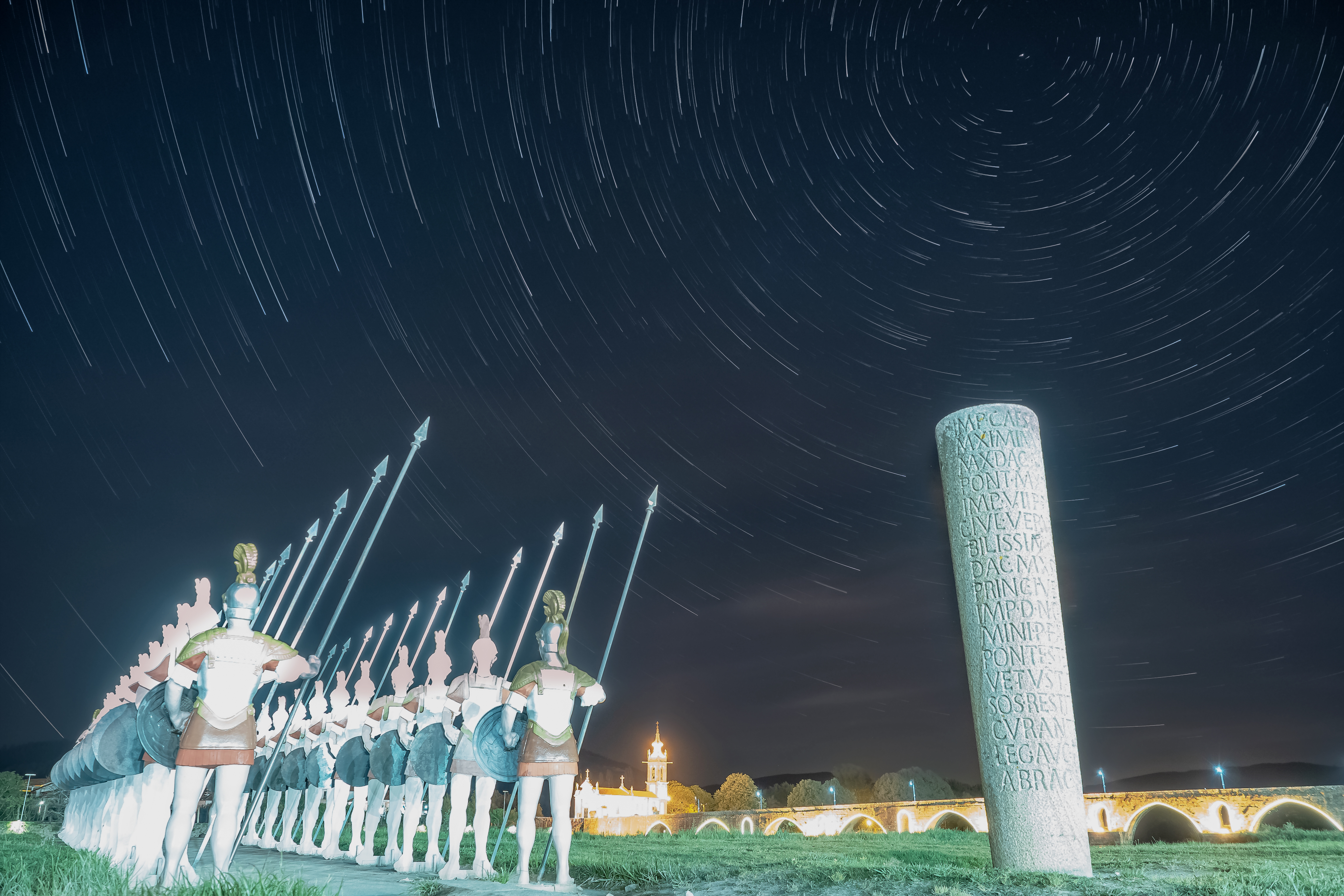
The charter granted by D. Teresa in 1125, gave freedom to Ponte de Lima and enshrines the oldest reference to a fair in Portugal.
The privileged location of the small village next to the only bridge over Lima gave rise to an accessibility network centered on this location. This strategic positioning designated Ponte de Lima as a "transit node" and led to the creation of a fair with an immense area of influence where it regulated the movement of genres.
The fair generated the municipality and was the lever for its development.
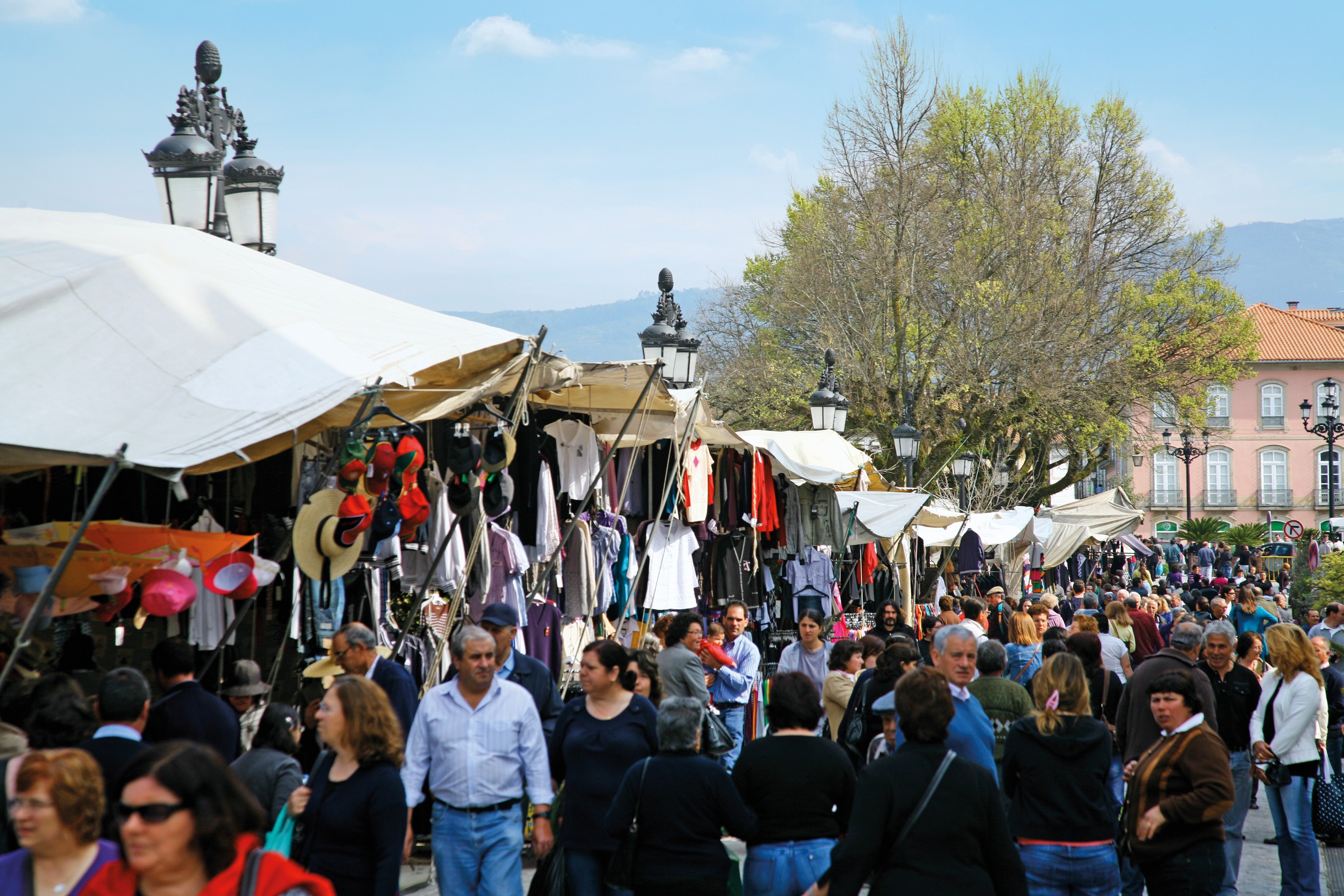
At the time of the Feiras Novas, they radiate the joy and spontaneity of the people. Throughout the village, gatherings, concertinas, cantares ao desafio and folklore, animate Ponte de Lima.
In 2017, Ponte de Lima Ponte de Lima got registered in the GUINNESS record book with the largest number of concertina players playing the same song for 5 minutes.
In total, the initiative that took place at the opening ceremony of the Feiras Novas, brought together 897 concertina players who animated the audience for more than five minutes with the theme "Rosinha".
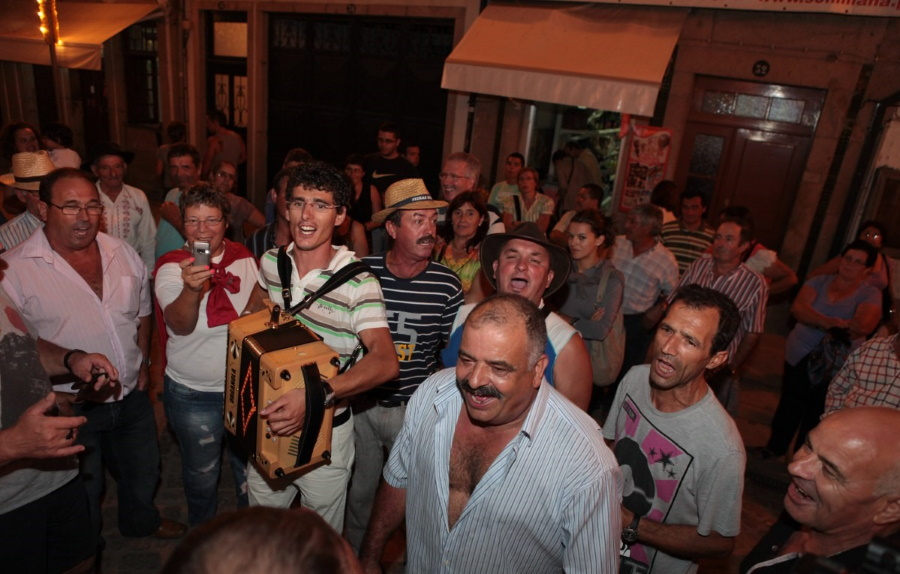
The Table of the Four Abbots is a tradition that dates back to the 17th century, around a granite table that rests on the dividing frame that joins the four parishes in the Municipality of Ponte de Lima, namely Calheiros, Cepões, Bárrio and Vilar do Monte.
This secular tradition is celebrated on the 3rd Sunday of June. The table is flanked by four benches also made of granite, each based on the territory of each parish, where once the representatives of each parish used to sit and debate and resolve the most diverse issues in consultation with the faithful who were around them.
It is up to the President of each parish council to present their claims to the Mayor of Ponte de Lima, who presides over this traditional ceremony. It is a popular forum with a focus on issues related to regional development. Traditional Portuguese music complements this typical Limian custom.
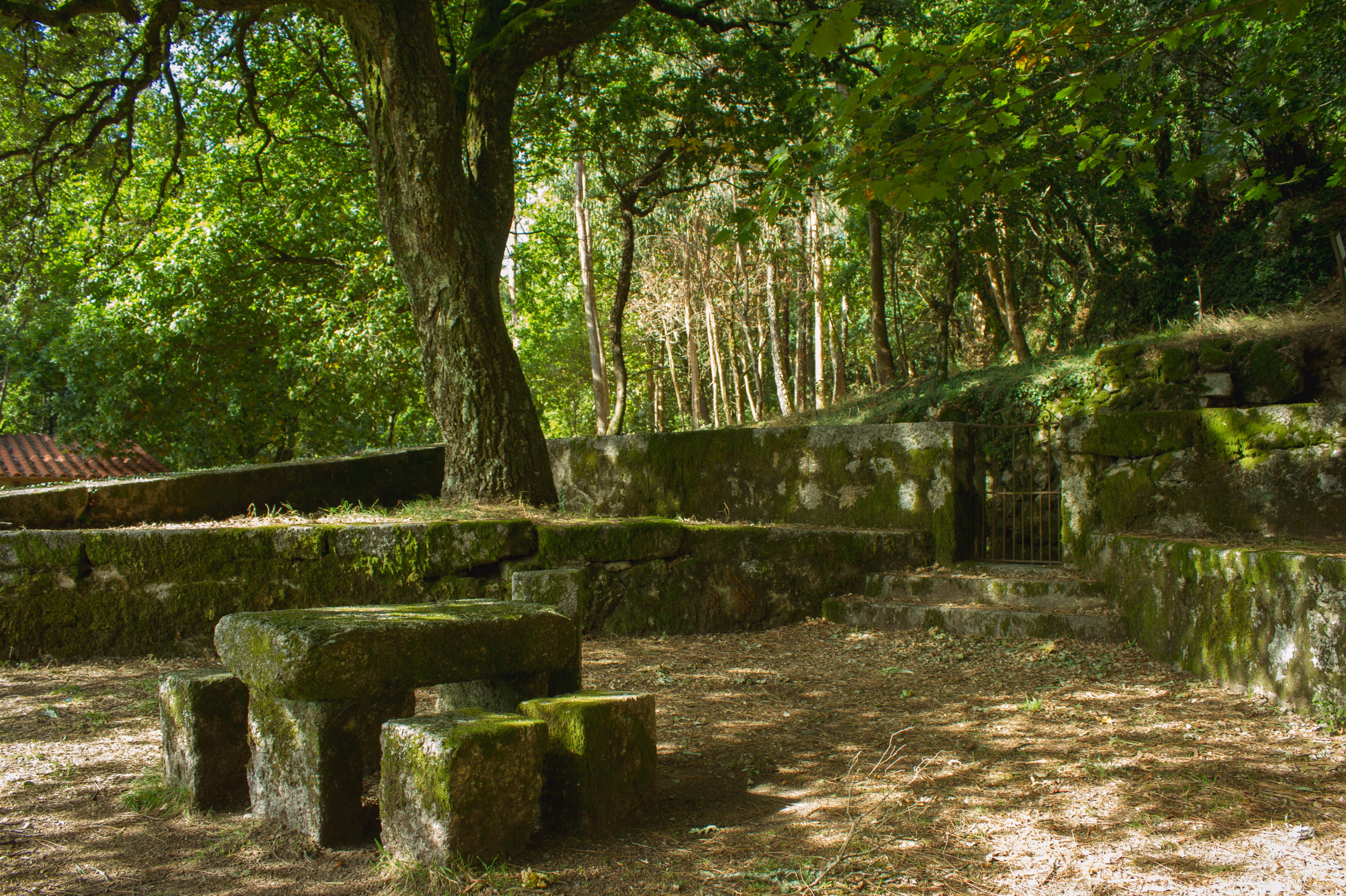
The festival has been celebrated for centuries in honor of Nossa Senhora das Dores, who, not being the patron saint of Ponte de Lima, soon gained prominence among devotees. Only in 1825 the villagers ask the king to be able to hold three days of fairs during the festivals and the following year, in 1826, this authorization came.
The Feast of Nossa Senhora das Dores now includes a profane side in its program. The name Feiras Novas appears to distinguish itself from Feira "Velha", the one that is already mentioned in the charter of 1125 and would end up being popularized as the main name of the party.
Initially, the celebration took place on September 21, as stated in the Statutes of the Brotherhood of Nossa Senhora das Dores, with the authorization of the three days of the fair, they took place from September 19 to 21.
Currently, the Feiras Novas take place on the second weekend of September; the program starts on friday, but many days before the fun is on the streets. The weekend is a big one and the pilgrimage is night and day; where music and fireworks, gigantones and big heads reign, as well as folklore, concertinas, livestock and garranos competitions. The processions involve all the limianos, that welcomes, everyone who want to know the queen of pilgrimages!
The party only ends on Monday, yes, the day is specially dedicated to a Nossa Senhora das Dores, with a religious ritual worthy of note!
